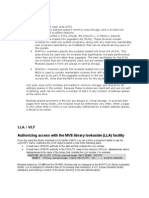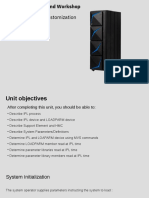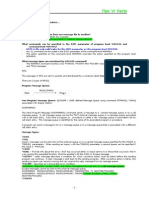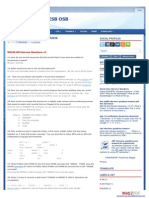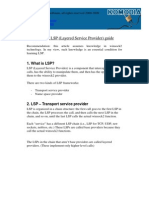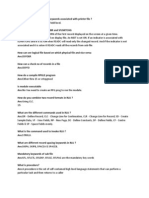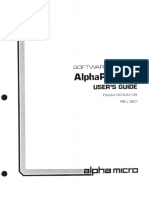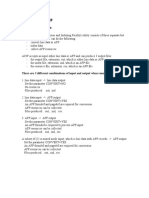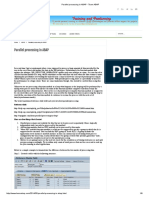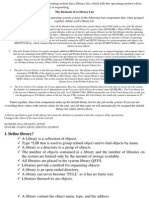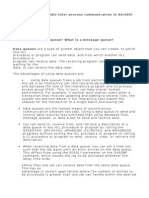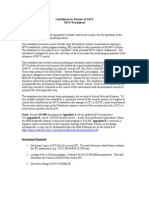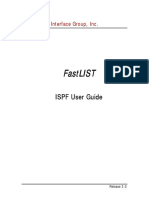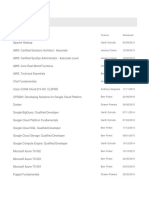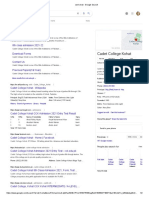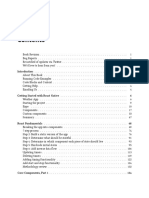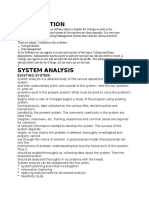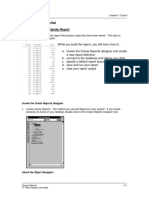0% found this document useful (0 votes)
52 views23 pageszOS 5
The document provides an overview of Link Pack Area (LPA), Linked List (LNKLST), and Authorized Program Facility (APF) libraries, detailing their functionalities, structures, and management processes. It explains how modules are loaded, the significance of various LPA sub-areas, and the procedures for dynamic updates to LPA and LNKLST. Additionally, it covers the importance of APF in securing access to sensitive system functions and the management of authorized libraries.
Uploaded by
Sagar SalakeCopyright
© © All Rights Reserved
We take content rights seriously. If you suspect this is your content, claim it here.
Available Formats
Download as PDF, TXT or read online on Scribd
0% found this document useful (0 votes)
52 views23 pageszOS 5
The document provides an overview of Link Pack Area (LPA), Linked List (LNKLST), and Authorized Program Facility (APF) libraries, detailing their functionalities, structures, and management processes. It explains how modules are loaded, the significance of various LPA sub-areas, and the procedures for dynamic updates to LPA and LNKLST. Additionally, it covers the importance of APF in securing access to sensitive system functions and the management of authorized libraries.
Uploaded by
Sagar SalakeCopyright
© © All Rights Reserved
We take content rights seriously. If you suspect this is your content, claim it here.
Available Formats
Download as PDF, TXT or read online on Scribd
/ 23
